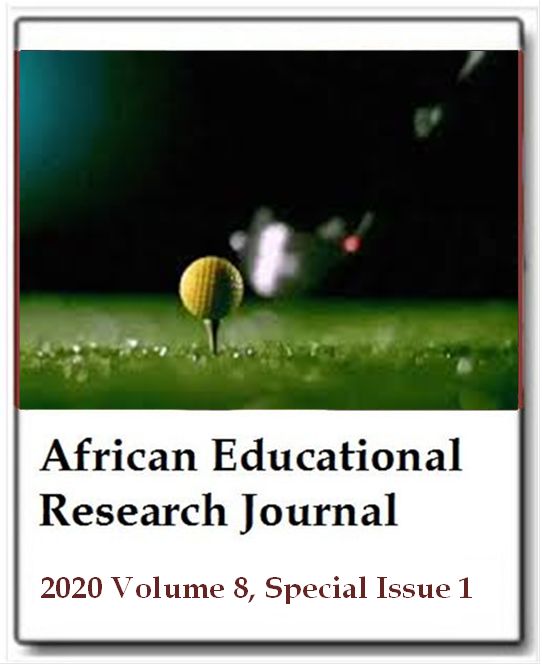Determination of the perceptions of individuals engaged in regular physical activity on the concept of wellness: A metaphor analysis study
Melek Kozak, Akan Bayrakdar, Merve Karaman and Erdal ZorbaAfrican Educational Research Journal
Published: August 4 2020
Volume 8, Special Issue 1
Pages S43-S48
DOI: https://doi.org/10.30918/AERJ.8S1.20.006
Abstract
The purpose of this study is to determine the perceptions of individuals engaged in regular physical activity on the concept of wellness with the help of metaphors. In the study, phenomenological method was used, which is one of the qualitative research approaches. The study included 88 individuals who regularly engaged in physical activity. In order to collect data in the study, a "metaphor form" was prepared to determine the participants' perceptions on wellness concept. The research data were collected with the metaphor form sentence is written “Wellness is like...; because... "The four forms were not included in the analysis because incomplete explanations. In the analysis of the data, content analysis technique was used. When the data were evaluated, it was observed that the participants produced 49 types of metaphors for the concept of "Wellness" and stated 84 opinions for this. Metaphors; health (13), healthy lifestyle (5), life (3) and breathing (3) are concentrated on metaphors. Other metaphors are indicated two or one times. The metaphors developed by the participants about the wellness were grouped under five categories. These are Quality and Healthy Lifestyle, Positive Benefit to Psychology, Indispensable Requirement, Conceptual Knowledge and Indifference. At the end of this research, metaphors and explanations of participants' perceptions about wellness were determined and 49 types of metaphor were obtained and these metaphors were evaluated under 5 categories. Most of the mentioned metaphor of "health" is observed that while the majority of participants were found to develop positive metaphors.
Keywords: Wellness, metaphor, content analysis.
Full Text PDFThis article is published under the terms of the Creative Commons Attribution License 4.0

